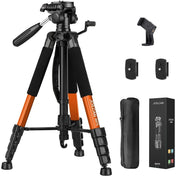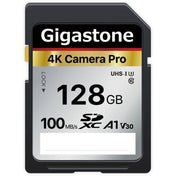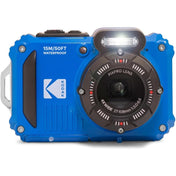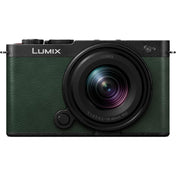Photography is an art form that captures moments, emotions, and stories. One of the most critical elements that can elevate your photography to new heights is lighting. Whether you’re using a mirrorless camera bundle or a smartphone, understanding how lighting affects your images is essential for any photographer. Let’s explore the fascinating world of lighting in photography, how it impacts your shots, and tips to enhance your skills.
The Essence of Light in Photography
Light is the foundation of photography. It shapes our perception of the world and affects the mood and quality of our images. In essence, photography is about capturing light, and the way you manipulate it can lead to breathtaking visuals. Proper lighting can enhance colors, create depth, and even express emotions.
Types of Natural Light
When shooting with your mirrorless camera bundle, the type of natural light available will significantly influence the outcome of your pictures. Different times of day offer various qualities of light:
- Golden Hour: The time just after sunrise and before sunset, known for its warm, soft light that enhances skin tones and backgrounds.
- Blue Hour: The period just before sunrise and after sunset, characterized by a softer, deeper blue light that adds a magical quality to urban landscapes and nature photos.
- Midday Sun: While this might create harsh shadows and bright highlights, it can be used creatively for striking contrasts and bold colors.
Artificial Lighting in Photography
In situations where natural light isn’t optimal, artificial lights can be a game-changer. Using a mirrorless camera bundle allows you to take advantage of different artificial lighting techniques:
Types of Artificial Light Sources
- Flash: A powerful light source that can illuminate subjects but may need to be diffused to reduce harsh shadows.
- Continuous Light: Lights like LED panels provide a constant source that can aid in visualizing how light will interact with your subject before you click.
- Reflectors: These can bounce light onto your subject, softening shadows and enhancing the overall lighting balance.
Understanding Lighting Angles
The angle at which light hits your subject can significantly shape your photograph. Lighting direction is crucial for highlighting textures and shapes. Here are key angles to consider:
Front Lighting
Front lighting illuminates the subject directly with minimal shadows. It’s great for portrait shots, as it showcases details without heavy contrast. However, it can often lack depth.
Side Lighting
Side lighting creates depth and dimension, helping to bring out textures and forms. This is particularly beneficial for product photography, adding interest to your shots.
Back Lighting
Back lighting can produce silhouette effects, creating dramatic images. When positioned correctly, it can also create beautiful light flares that add a whimsical touch to photographs.
Playing with Shadows and Highlights
Shadows and highlights are integral in adding emotional depth to your images. They can convey mood through the interplay of light and dark:
Sculpting a Scene with Shadows
Well-placed shadows can add intrigue and lead the viewer’s eye through the image. Experimenting with shadows can lead to captivating photographs that tell a story.
Controlled Highlights
On the contrary, highlights can create sparkle and lend vibrancy to an image. However, overexposing highlights can lead to lost details. Balancing these elements is key to mastering lighting.
Lighting Equipment to Consider
A mirrorless camera bundle typically includes essential accessories to help you harness the power of light. Here are some tools to consider adding to your arsenal:
- Light Meters: These can help you measure light exposure accurately, ensuring you get the perfect shot every time.
- Diffusers: Softening harsh light can create a more pleasing look in portraits and product photography.
- Triggers and Strobes: Using triggers allows you to control off-camera flashes, which can provide more flexibility in lighting your subject.
Tips for Mastering Lighting in Photography
Whether you're a budding photographer or a seasoned pro, mastering lighting is achievable with practice and creativity. Here are a few tips to enhance your lighting game:
1. Experiment with Different Light Sources
Don’t be afraid to play with both natural and artificial lighting. Each source offers unique characteristics that can enhance your photography portfolio.
2. Use Reflectors and Diffusers
Simple reflectors can help manipulate light effectively. Positioning them strategically can illuminate shadowed areas without needing additional equipment.
3. Adjust Your Camera Settings
Understanding how ISO, aperture, and shutter speed interact with light is vital. In low-light situations, adjust your settings to embrace the available light and maintain clarity.
4. Don’t Avoid Shadows
Shadows can add depth and contrast. Embrace them instead of erasing them completely; they can breathe life into otherwise flat images.
5. Study Light Quality and Color
The quality of light differs in softness and hardness, affecting how colors come through in an image. High-quality light will generally produce more flattering colors.
Conclusion: Lighting as Your Best Friend in Photography
As you embark on your photography journey, remember that lighting is your best ally. With a mirrorless camera bundle in hand and a keen eye for light, you’ll transform ordinary moments into extraordinary photographs. Practice different techniques, experiment with various light conditions, and soon you'll discover the profound impact lighting has on your art. Embrace the challenge, enjoy the process, and let your photography shine in a new light!











